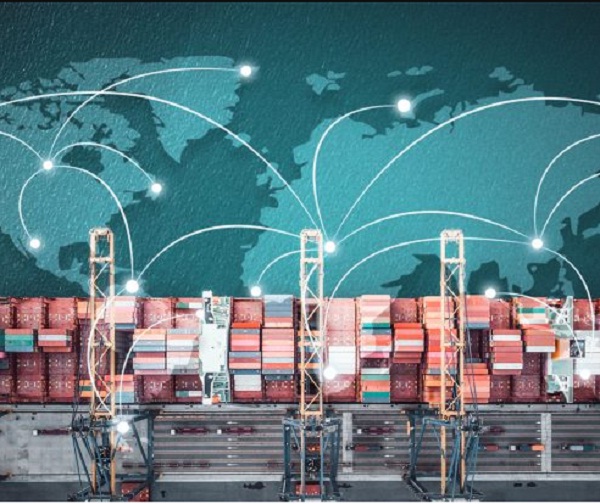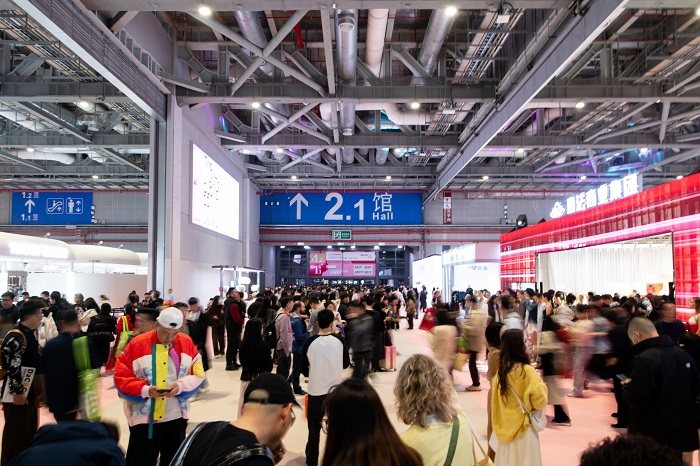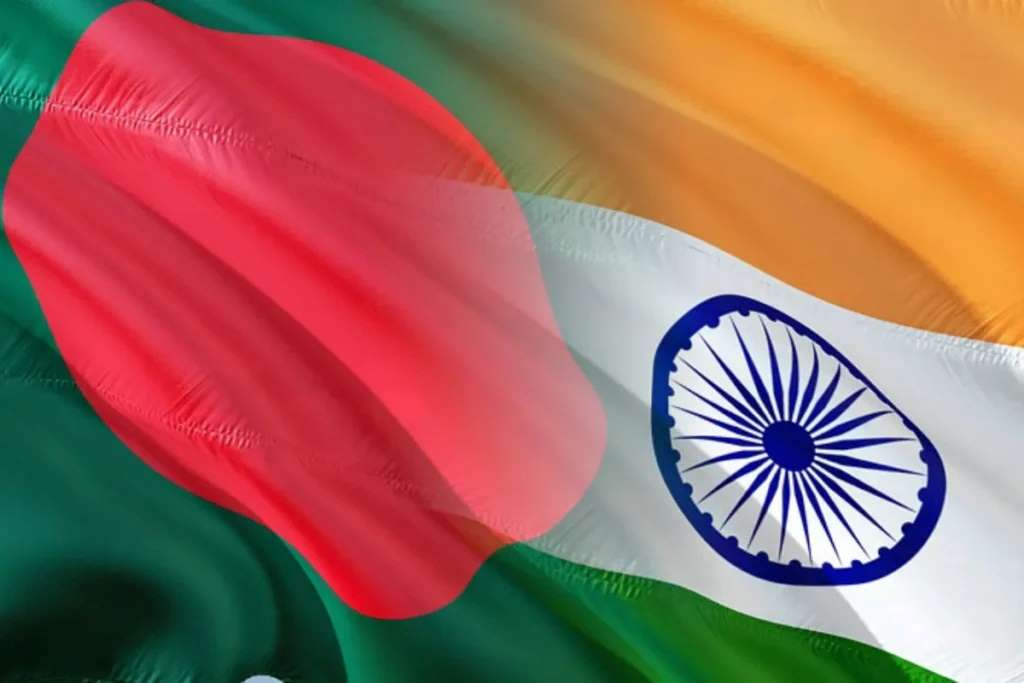
The Asia Pacific region is likely to emerge as the major beneficiary of the Regional Comprehensive Economic Partnership (RCEP) as importers will increasingly move away from the EU, US and other non-member markets, says a new report by the United Nations Conference on Trade and Development (UNCTAD).
New trade worth $17 billion on the anvil
Titled, ‘A New Centre of Gravity’, the report forecasts, exports worth billions of dollars will get diverted from nations not included in the trade deal. Importers in the RCEP block will capitalize on tariff concessions offered in the agreement, boosting intra-Asia exports by nearly 2 per cent from 2019 levels, or approximately $42 billion. Non-member nations will no longer benefit from lower tariffs as the 15 members will secure trade roughly worth $25 billion. They will also generate new trade worth $17billion amongst member states. RCEP will emerge a as the new centre of world trade, predicts the report. Tariff concessions offered by the agreement will boost trade within the newly formed bloc, it adds.
Deals with broader trade issues
Covering almost a third of the world’s population and 30 per cent of its GDP, the RCEP agreement was finalized on January 1. The deal brings together the 10 Asean nations, alongside China, Australia, New Zealand, Japan and South Korea. It standardizes trade rules across the region. One of the primary goals of the agreement is to support wider business environment by dealing with broader issues such as intellectual property, e-commerce, regulation of competition and government procurement. The deal has been delicately negotiated to help countries protect their export sectors. However, the UNCTAD report says, tariff concessions offered in the agreement may lead to disruptions in world trade pattern in future.
Tariff elimination to boost exports
The RCEP agreement eliminates tariffs on 90 per cent goods over the next 20 years. It also eliminates tariffs on 65 per cent of products traded within the bloc. This tariff elimination will benefit Japan most as it exports to member countries will grow 5.5 per cent or $20 billion from 2019.
Other countries like Australia, China, South Korea, and New Zealand are also likely to benefit from tariff reductions. China’s exports to the RCEP bloc will grow by $11.2 billion, Korea’s exports by $6.7 billion, Australia’s by $4.1bn while New Zealand’s exports will grow by $1.1 billion.
Trade diversion to impact developing nations
The RCEP-led trade diversion will also affect major markets such as the US and the EU besides impacting the developing economies of Bangladesh and Pakistan. As per the report, the EU will lose exports worth $8.3 billion to RCEP countries while US’ exports are expected to be hit by $5.1billion. Hong Kong’s exports will decline by $3.3billlion and Taiwan’s by $3billion.
Countries like Bangladesh, Pakistan and Sri Lanka will suffer bigger losses with Bangladesh reporting a 12 per cent drop in exports to RCEP. Exports by smaller emerging economies including Vietnam, Cambodia, Indonesia and the Philippines are also likely to drop due to tariff concessions, with Vietnam’s exports dropping by $1.5 billion. Yet, the UNCTAD report, upholds joining of RCEP by these countries as it strengthens their economic integration and offers them various other benefits like a boost in foreign direct investment, technology sharing, structural transformations, etc.












